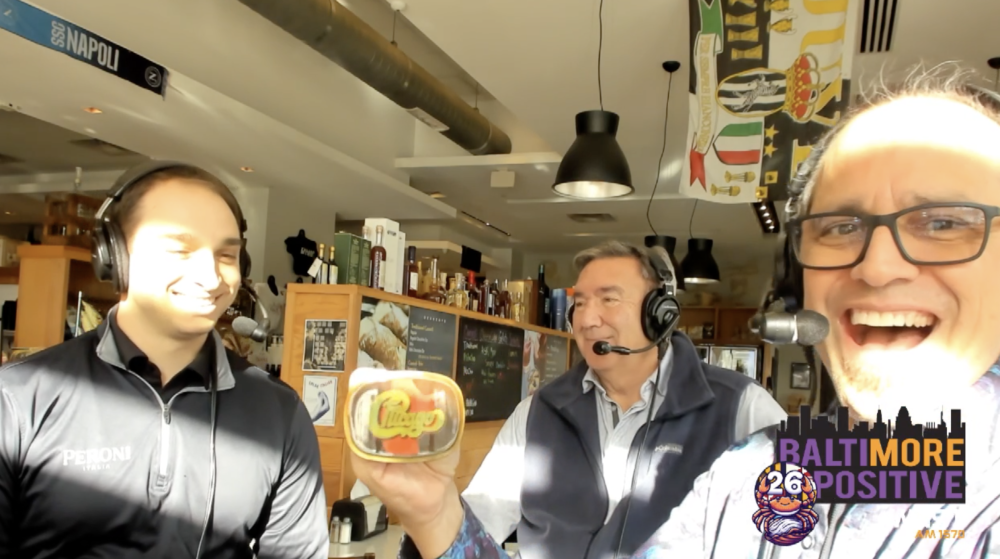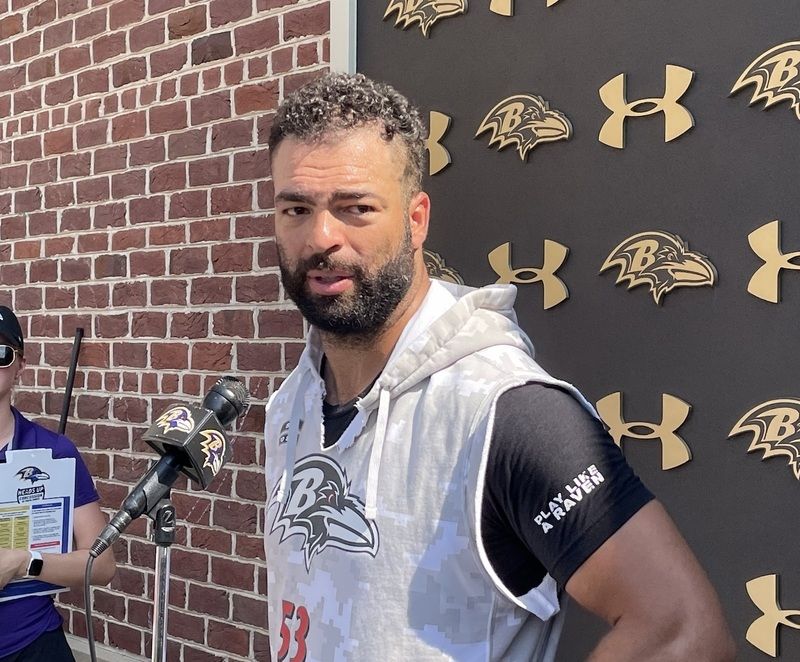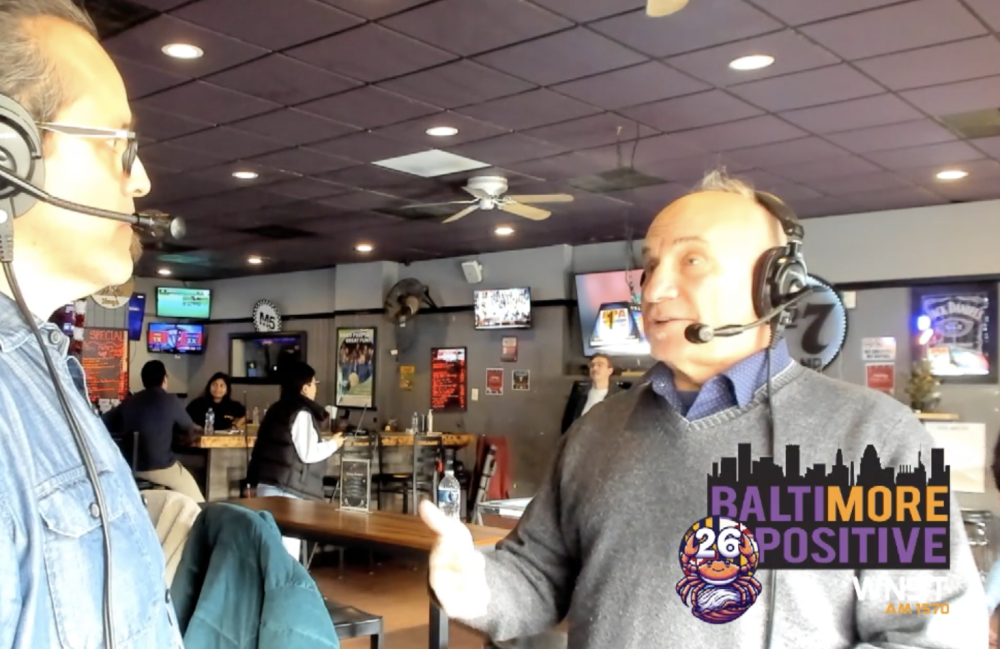Just to be clear, the Orioles have no intention of trading Nick Markakis.
And Markakis—despite his comments earlier this week questioning both his teammates’ approach and the direction of an organization in the midst of its 13th straight losing season—doesn’t want to leave Baltimore, at least not beyond the general sense of wishing to be anywhere else but on a team that is 31 games below .500 in the middle of June.
Even so, it’s hard to imagine Markakis’ outspokenness sat very well with Andy MacPhail as he opened the paper Friday morning to see the comments questioning his vision for the organization after three years in charge.
“At this point, yeah. Where are we going?” the right fielder said when asked about the current state of the franchise by Jeff Zrebiec. “I know we have a lot of injured guys. We’re in the toughest division in baseball, and we’re a last-place team. But at this point, it’s mind-boggling. You don’t even know what to think, but you still have to be professional and go out and play every day.”
While most have focused on his statements about his teammates’ lack of an approach at the plate and his defense of hitting coach Terry Crowley, this isn’t the first time the team’s best player has questioned the state of the franchise in recent history.
If you need a reminder, just look a spot ahead of Markakis in the current Baltimore lineup. No, it’s not the older, depleted Miguel Tejada who returned to Baltimore on a one-year contract this season but the vivacious, productive Tejada coming off his second year with the Orioles in 2005.
It was a season in which the Orioles were in first place for much of the first half before collapsing under injuries and the disgrace of Rafael Palmeiro’s steroid-related suspension, which included accusations that a tainted vitamin B-12 injection from Tejada caused Palmeiro to fail a drug test.
Despite having four years remaining on a six-year, $72 million contract, Tejada requested to be traded in December 2005, citing the team’s inability to upgrade its roster. Of course, that was the winter in which the club lost closer B.J. Ryan in free agency and failed to entice Paul Konerko to sign on the dotted line. Instead, the Orioles inked Ramon Hernandez, LaTroy Hawkins, and an aging Jeff Conine—not exactly a haul that will instill confidence with your franchise player.
“I’ve done many things with this team and I haven’t seen results, and the other teams are getting stronger while the Orioles have not made any signings to strengthen the club,” said Tejada in December 2005 before eventually rescinding his trade request a month later.
The shortstop played two more seasons in Baltimore, but the damage had been done and the once-energized Tejada wilted further and further until MacPhail—in his first offseason with the Orioles—dealt him to the Houston Astros on the eve of the famed Mitchell Report, which included Tejada’s name prominently.
The differences between Tejada at the time and Markakis today are obvious, particularly with the latter being a homegrown player rather than a hired gun, but are the other circumstances all that different?
When the Orioles signed the 2002 AL MVP prior to the 2004 season, the organization made promises that it would build around the star and supplement him with teammates to help the club return to contention after not having a winning season since 1997.
Did MacPhail make similar promises to Markakis two winters ago to persuade the outfielder to ink a six-year, $66 million extension?
Of course, Markakis has far stronger ties with Baltimore than Tejada ever did, being drafted by the Orioles and making his year-round home in Monkton. He loves the community, evident by him and his wife Christina starting The Right Side Foundation to help distressed children in the state of Maryland. You don’t lay down roots in a community like he has without having strong affection.
However, Markakis wants to win in Baltimore—and soon.
Obsessed with getting better, he can be found in the video room of the Orioles clubhouse after nearly every game, reviewing that evening’s at-bats and studying opposing pitchers. He’s never satisfied with his performance, even on his most productive nights.
Now in his fifth season with the Orioles, the outfielder has experienced a 289-425 record in Baltimore. Despite having a pedestrian 2010, Markakis is entering the prime seasons of his career. Whether you believe he will improve or has reached his peak of production, there’s no question he’s a very good player, even if not the superstar many had hoped for.
Much like the rest of us, he couldn’t have been impressed with the acquisitions of a 36-year-old Tejada and a project in Garrett Atkins as the two big bats to help the Orioles take the next step toward respectability this year. A few months later, it’s safe to say his feelings haven’t improved as the club finds itself on track to become one of the worst teams in baseball history.
Markakis’ comments were far less inflammatory than those uttered by Tejada nearly five years ago, but this coming offseason will be critical for both the direction of the club and how its best player feels about it. Another stagnant winter would unquestionably sour Markakis’ mood even further.
To the point of requesting a trade in the same way that Tejada did?
Probably not, but his comments this week—completely justified and true—were out of character for the shy and quiet ballplayer. It wouldn’t be entirely out of the question, even with his deep love for the community.
It remains to be seen what Markakis’ fate will be with the Orioles. Hopefully these comments will be a call to action for both his teammates to evaluate their performance and for MacPhail as he feels the pressure from his biggest star to improve the club.
But if we’re talking about his departure a few years from now—via trade or free agency following the 2014 season—this week’s comments will be remembered as the first dent in a relationship that, up until this point, has been harmonious.
Either way, his unhappy words were loud and clear.
We can only hope the right people were listening.


























